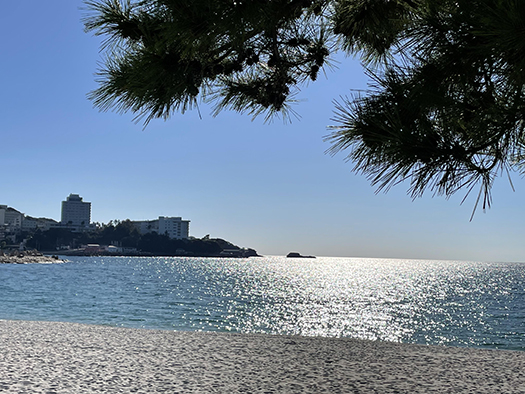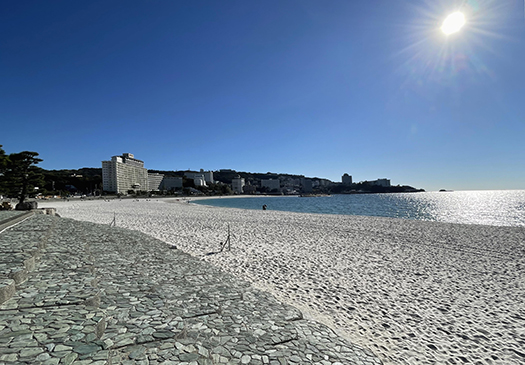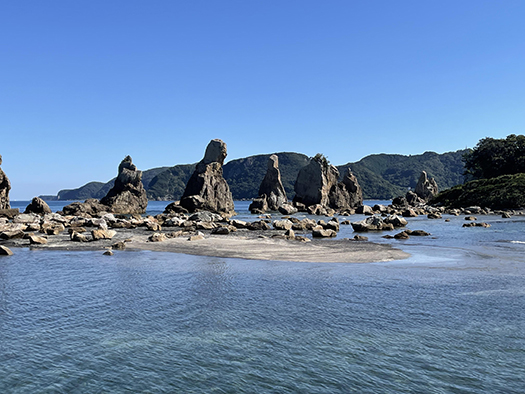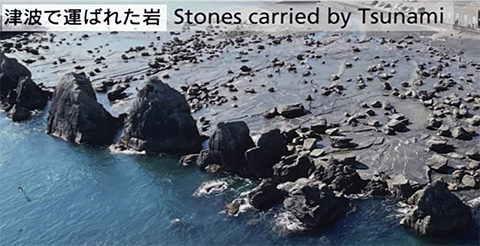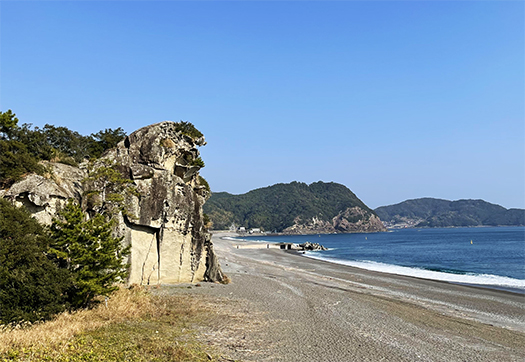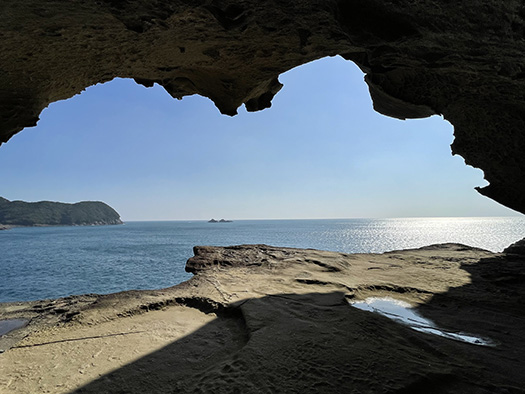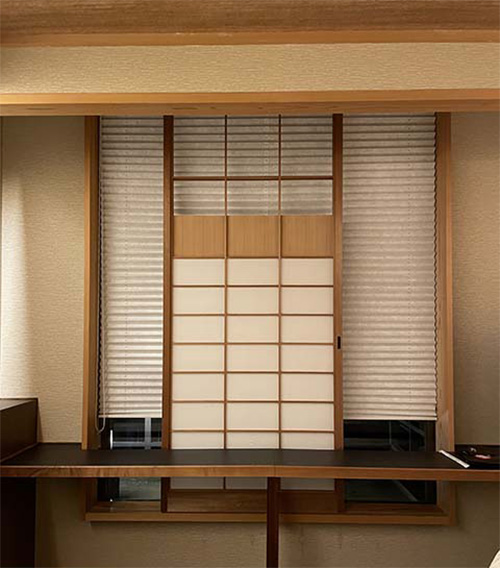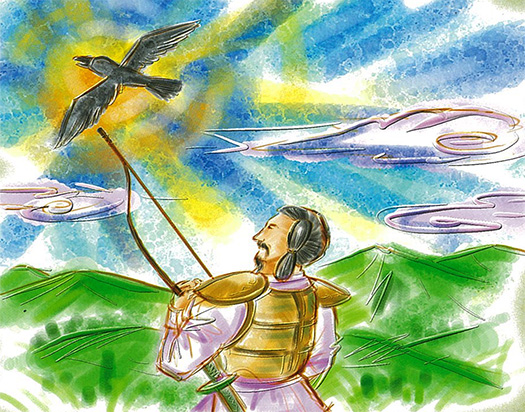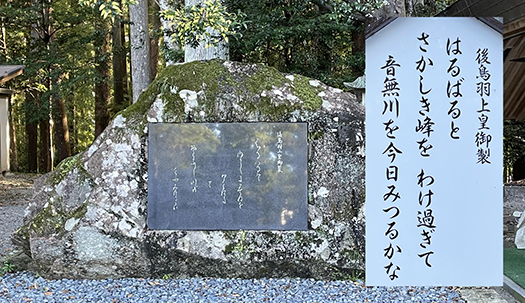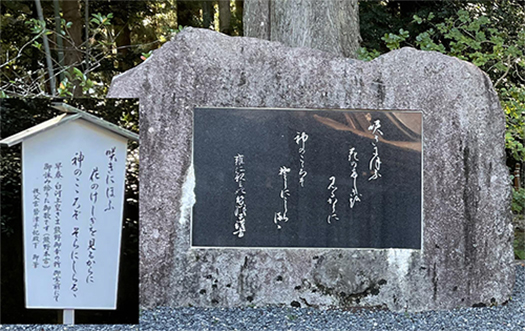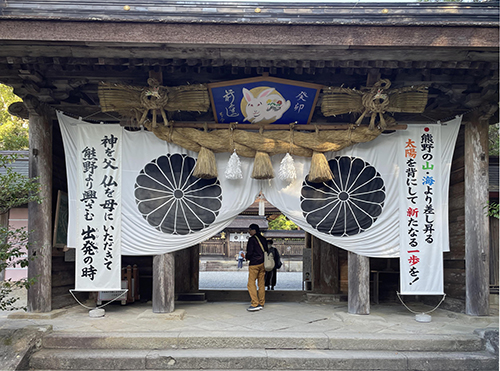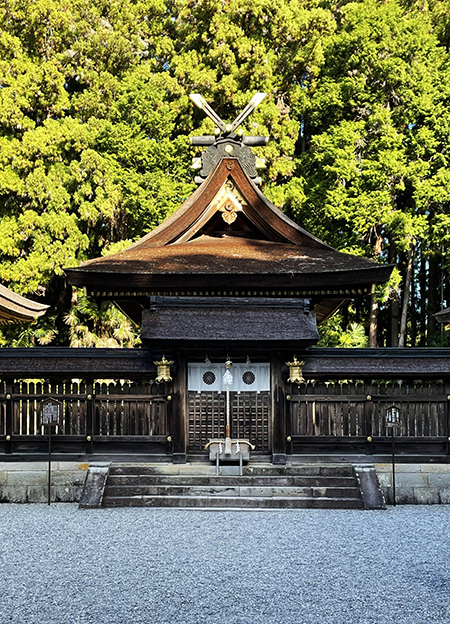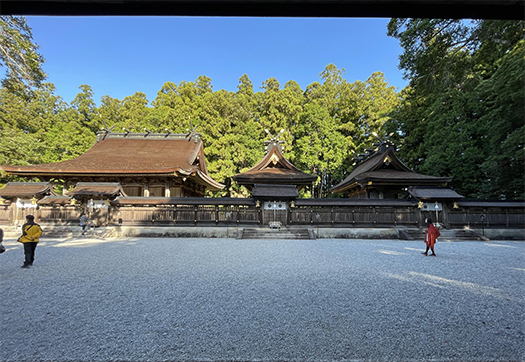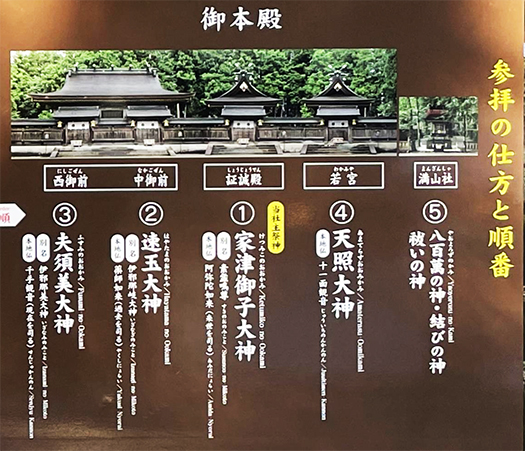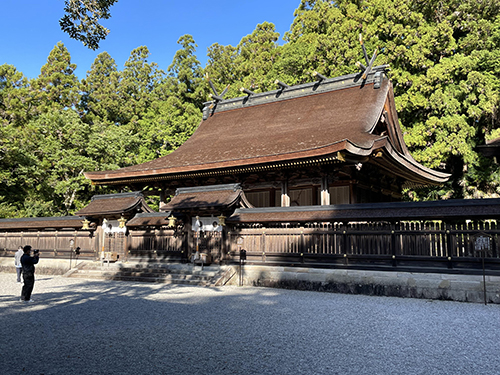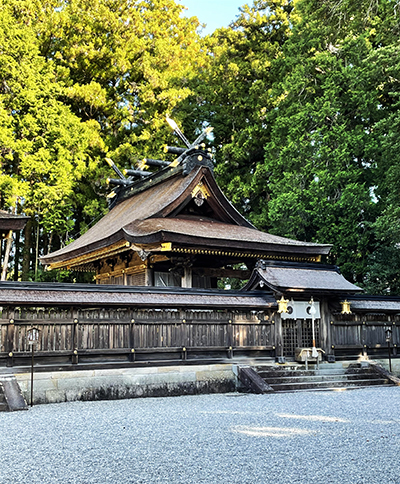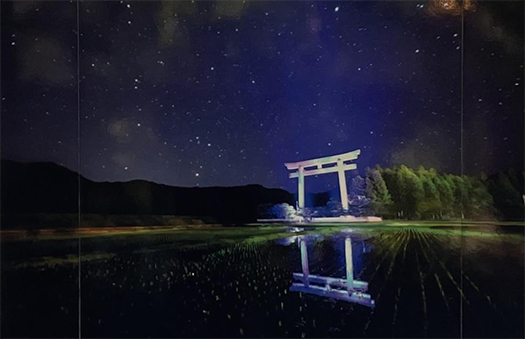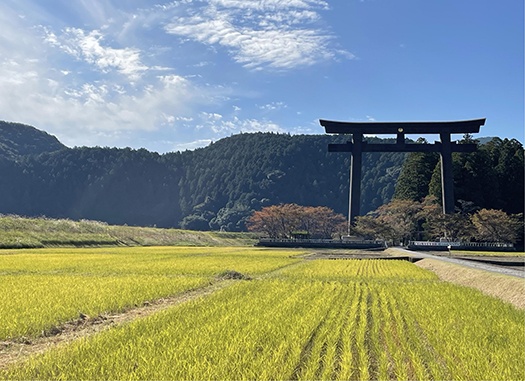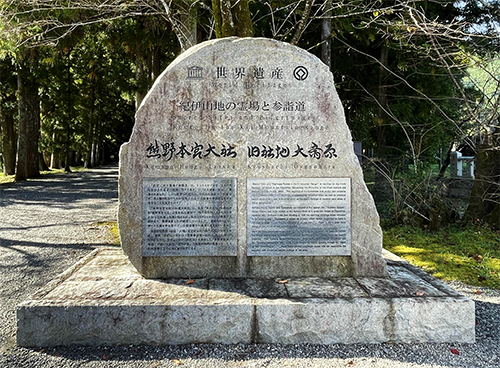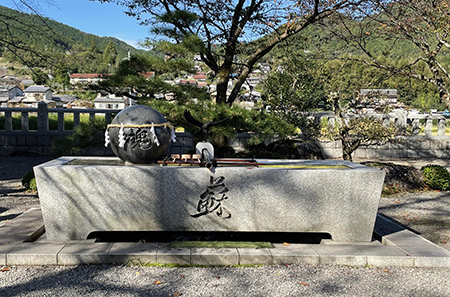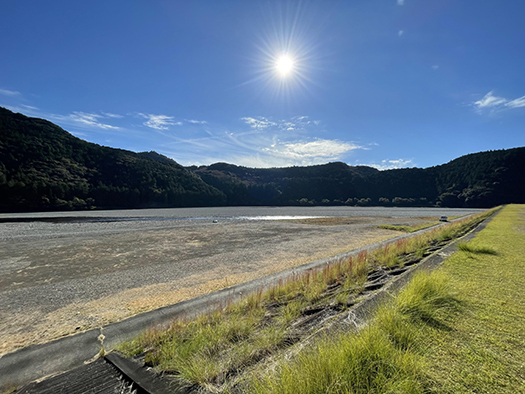
歳を取ってくるとカラダのあちこちから「痛み」が盛り上がってくる(泣)。わたしの場合、50代くらいからときどき、2−3ヶ月に1回程度の頻度で便利のいいマッサージさんのお店に行ってモミモミしてもらっておりました。ホンネで言えばそれで快感が得られたというのは数回に1回ほどでしたが、それぞれ「それなり」の効果が認められていたので、「最近どうもイタいなぁ」と思うと通うというライフスタイルでした。
まぁカラダの痛みへの対応としてはそれで十分と考えておりました。そこでは医療行為として「痛みの原因」を問われていました。その都度、降雪による除雪対応などと返答しておりました。
ところがそのマッサージ屋さんが1年前ほどに突然廃業されたようで、まったく違う「整骨チェーン店」に変化しておりました。調べてみると医療行為として「整骨」という領域が認定しやすいのでマッサージ機能はその「付随的」サービス行為扱いのようですね。
そのお店で案内を聞いていて、ちょっと違和感を感じたので、その後マッサージから縁遠くなっています。マッサージは人間への信頼感のようなものがベースで、それがない状態から一歩踏み出して「身を委ねる」ということに,人間の加齢というものはすこし抵抗感を持たせるのでしょうか。
しかしときどきカラダの痛みは生起する。やむなく適当にストレッチなどで対応してきた。
わたしの住宅探訪・歴史探訪など、けっこうあちこち歩きまわる生き方は、このブログで紹介している熊野・楯ヶ崎探訪など、盛り上がっても来ている。勢い、カラダの痛みも増えてきて日常化してきている。さりとて本格的な形成外科というような医療機関とは縁遠い。第一、直接的事故などの因果関係説明が医師にしにくい。
そんなことからマッサージ器具に目が向かってきている。WEB検索案内では以下の記述。
〜実はマッサージチェアは医療機器として認証されていて「あんま、マッサージの代用 疲労回復、血行の促進、筋肉の疲れをとる、筋肉のこりをほぐす、神経痛・筋肉痛の痛みの緩解」の効果が認められています。 使う人がそれぞれ自分好みのマッサージコースを設定できるほか、筋肉を心地よくのばすストレッチ機能を搭載したモデルも登場。〜というような背中押しがあるので、マッサージ器に関心が向いてきております。
ちょっと前までは「あんなゴッツいヤツ」みたいな拒絶感があったのですが、比較的に垣根は狭まってきた。
今現在はそういうわたしの状況が家族LINEで論議されて、娘が主導のカタチで調査活動中。だんだん主任健康管理者の役割が若返り推移してきているようで父親としてはウレシイ(笑)。
さてここで高齢化の象徴のようなマッサージ器具を受け入れるか、それともマッサージ師依存を継続してあらたな依頼先を開拓するか、重大な人生岐路に差し掛かっています。・・ってあきらか大袈裟(笑)。
English version⬇
Aging and “Body Pain” Coping Methods & Massage Chairs
I was at a loss when the massage parlor I trusted went out of business. Do we develop new relationships or choose a massage device that is also certified as a medical device? …
As I get older, “aches” rise up from all over my body (I cry). In my case, since I was in my 50s, I sometimes went to a convenient massage parlor to have a massage once every 2-3 months. To tell the truth, it was only once every few times that I felt good, but each time I went, I felt that the massage had a “reasonable” effect, so when I felt “I’m feeling a little tired lately,” I would go to the massage parlor.
Well, I thought that was enough to deal with the pain in my body. There, I was asked about the “cause of the pain” as a medical practice. Each time, I responded that it was a response to snow removal due to snowfall.
However, the massage parlor suddenly went out of business about a year ago and was replaced by a completely different “osteopathic chain store. I found out that the area of “osteopathy” is easily recognized as a medical practice, so the massage function seems to be treated as an “incidental” service act.
I felt a bit uncomfortable listening to the guidance at that store, so I have since distanced myself from massage. Massage is based on a kind of trust in human beings, and I wonder if the aging of the human body makes people a little resistant to stepping out and “surrendering” from a state without such trust.
However, pain sometimes occurs in the body. I have had no choice but to deal with them by stretching and doing other appropriate things.
My way of life, which involves walking around a lot, such as house-hunting and historical visits, is getting more and more exciting, such as the Kumano and Tategasaki visits that I have been introducing in this blog. The momentum and pain in my body are also increasing and becoming more routine. However, I am far from a medical institution such as a full-fledged plastic surgery clinic. First of all, it is difficult to explain the cause-and-effect relationship of a direct accident to a doctor.
The following is a description of a web search guide.
〜Massage chairs are certified as medical devices and are approved to relieve fatigue, promote blood circulation, relieve muscle fatigue, relieve muscle stiffness, and relieve pain from neuralgia and muscle pain. In addition to allowing users to set their own preferred massage courses, models with a stretch function that comfortably stretches muscles are also available. 〜We are becoming more and more interested in massagers because of the back-pressure like “I’m going to get a massage!
Until recently, I used to feel a sense of rejection like, “Oh, that’s such a big guy,” but the barriers have narrowed comparatively.
At the moment, my situation is being discussed on the family line, and my daughter is taking the lead in the investigation activities. As a father, I am happy to see that the role of chief health officer is gradually rejuvenating (laugh).
Now, I am at a critical crossroads in my life, whether to accept massage equipment, which is a symbol of the aging population, or to continue to depend on masseurs and develop new clients. I’m obviously overreacting (laughs).
Posted on 1月 24th, 2024 by 三木 奎吾
Filed under: 日本社会・文化研究 | No Comments »


